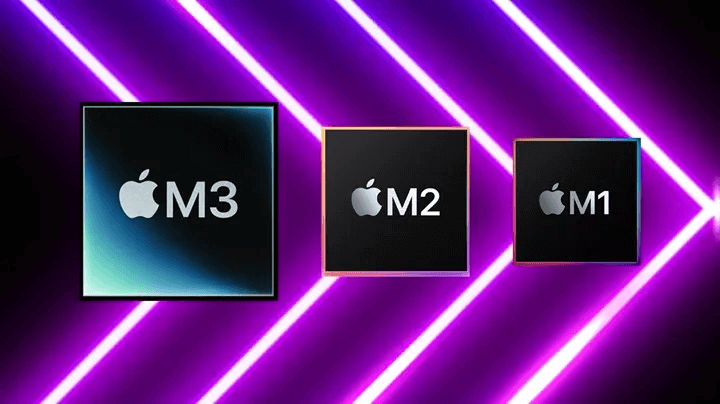Table of Contents
A new security vulnerability in Apple Silicon chips allows attackers to steal encrypted keys and access data.
Researchers have discovered a problem with Apple’s M-series chips that affects encryption operations, such as file encryption. However, it is difficult to fix because it is a problem with the chip’s architectural design.
Apple Silicon security vulnerability leaks encryption keys
The problem, detailed by a group of researchers on Thursday and reported by ArsTechnica, most likely resides in the data memory-dependent prefetcher (DMP), which predicts the memory addresses of data that will likely be accessed by currently running code. By pre-fetching the data, it becomes a target for malicious code to exploit.
This is because it uses previous access patterns to determine its predictions of the following data bit to be brought from the cache. An attacker can use this method of operation to influence the cache data and open the door to access sensitive data.
GoFetch Attack: Stealing Encrypted Keys
The attack, which the researchers call “GoFetch,” takes advantage of an oddity in using DMP in Apple Silicon. In explaining the attack, the researchers confirm that it is possible to make it look “like” a pointer, which the DMP will then treat as an address location and cache that data. The address is visible in the cache, meaning malicious code can activate it.
The attack uses a chosen input attack to modify the data inside the encryption algorithm to look like a pointer. The DMP, seeing the data value as an address, fetches the data from that address, leaking the address itself. The GoFetch attack uses the same user privileges as other third-party macOS applications rather than root access. This lowers the entry barrier for carrying out the attack, but that’s not the whole story.
The GoFetch application that executes the attack also needs to be used on the same die as the encrypted target application, and both need to be using either the efficiency cores or the performance cores simultaneously. It is cluster-dependent, meaning it still works even if the applications are run on different cores within the same cluster.
The researchers claim that the attack also works against quantum-enhanced versions of classical encryption algorithms and new ones.
Apple M1, M2, and M3 Chips Have GoFetch Vulnerability

Researchers have discovered a security vulnerability called GoFetch in Apple‘s M1, M2, and M3 chips. This vulnerability allows attackers to steal cryptographic information from the CPU cache, such as encryption keys. Attackers can then use this information to access encrypted sensitive data.
Critical ‘GoFetch’ vulnerability in Apple’s M-series processors!
Researchers say GoFetch is based on Apple’s DMP (data memory-dependent prefetcher) technology. This new generation prefetcher, found only in Apple processors and Intel’s Raptor Lake CPU architectures, loads memory contents into the cache before they are needed. Researchers say attackers can exploit this behavior to influence pre-fetched data and thus gain access to sensitive data.
As a result, applications that exploit the GoFetch vulnerability can trick the encryption software into putting sensitive data into the cache for the attacker application to steal. Researchers say that this attack method will not break encryption keys instantly but that the attack can be repeated to eventually obtain the key over time.
Here are some additional details about the GoFetch vulnerability:
- The vulnerability affects Apple M1, M2, and M3 chips.
- The vulnerability allows attackers to steal cryptographic information from the CPU cache.
- Attackers can use this information to access encrypted sensitive data.
- There is no patch available for the GoFetch vulnerability at this time.
- Users can protect themselves from GoFetch vulnerabilities by using strong passwords and being careful about the applications they install.
Impact and Mitigation
The real problem with the attack is that Apple Silicon itself cannot be patched because it is a central part of the design. Instead, cryptographic software developers must take mitigation measures to find a workaround for the problem.
It is also possible to run the exploit activation process only on the efficiency cores because they do not have the DMP function. The encryption performance still needs to improve since it only works on faster cores. A third option is valid for M3 chips; a particular bit can be injected to disable the DMP. The researchers also explained that the level of performance loss that will occur has yet to be discovered.
It is not the first serious vulnerability to hit Apple
2018, the Meltdown and Spectre processor vulnerabilities were also discovered, affecting all Mac and iOS devices and almost all X86 devices since 1997.


